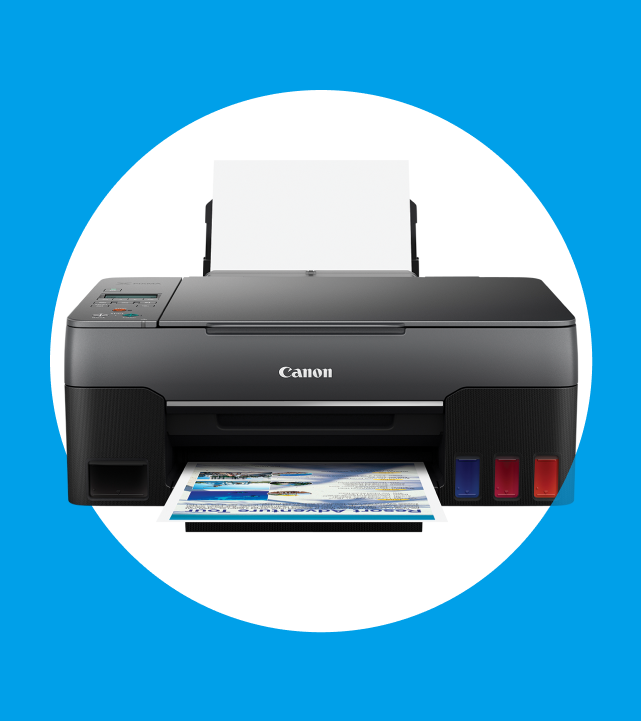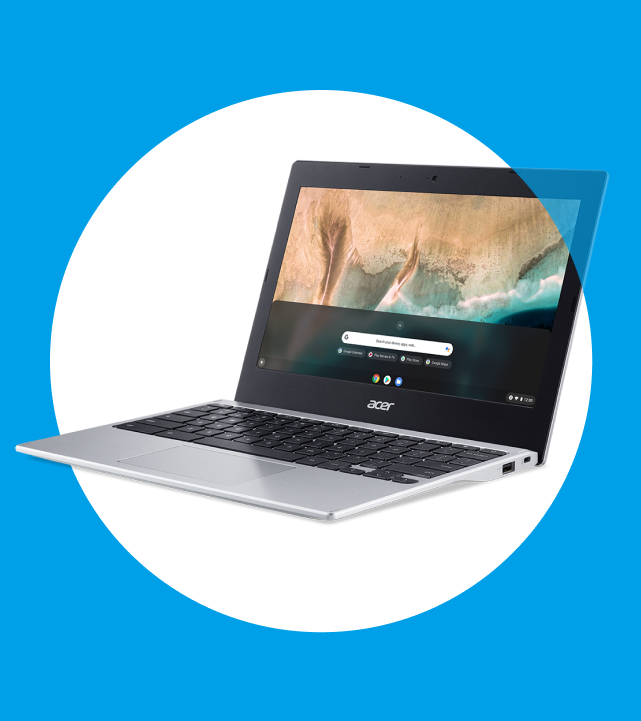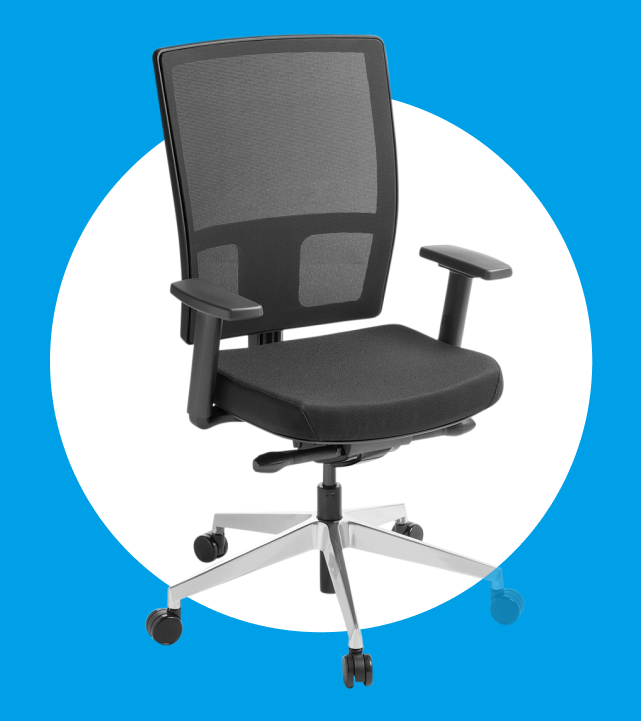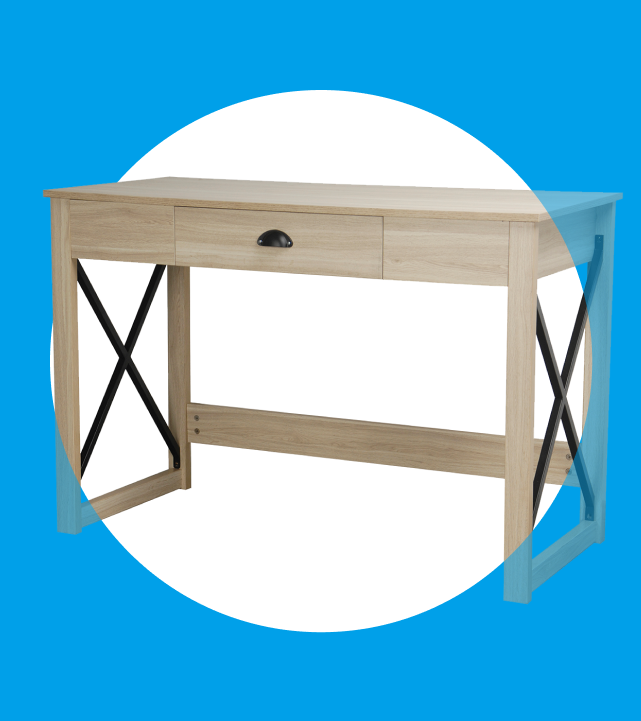GROWING PAINS
Why your website needs landing pages
We’ve told you how to promote your business online, but how do you turn extra website visitors into customers?
The answer lies in the landing page.
In digital marketing, a landing page is the page of a website that you ‘land’ on when you click a link in an online ad, email, social media post or other marketing communication. They are also referred to as ‘lead capture pages’ and were first used by Microsoft to help online sales of the ‘Microsoft Office’ product in late 2003.
If you’ve been using digital marketing to send users to your website homepage, you’ve been doing it wrong.
Landing pages are a very effective and efficient way to generate leads and help businesses convert visitors into customers. They provide relevant information to people and guide them towards a specific goal via a strong call to action (CTA). The usual goal is to either capture contact information in a form or make a sale.
The page should of course match the content of the corresponding advertisement or email. For example, if you clicked on an ad for a pair of shoes, the landing page should have a large picture of those shoes front and centre. This rule doesn’t just apply to images either. If your ad states ‘10% discount on all footwear’, the landing page should feature this text prominently. It should also answer key questions people may have about the shoes and clearly show how to complete a purchase.
For maximum effectiveness, a landing page needs to be tailored to your visitors.
For example, if you sent out an email to your existing customers with a special deal on a new product, you would customise the content on this page to people who are already familiar with your offering. Ditto for landing pages linked from your social media pages: they need to be aimed at those who already follow you and know your business to a degree.
In contrast, a page linked from an AdWords ad would typically attract prospective customers, who may have read only a few sentences about your company, if anything.
Just as landing pages should be specific to the target audience, they must also be single-minded.
Everything on a landing page should be driving visitors to do one thing. As mentioned above, this means having only one CTA. This makes it less likely that visitors will get distracted and click on something else.
How do I create a landing page?
Your website’s content management system (CMS) will probably let you add an extra, ‘hidden’, page to your website. This page won’t show up in your website menu, and people won’t be able to find it without being linked directly to it.
Hiding the page isn’t always necessary, but it helps for promotions with limited life spans. You don’t want people finding a landing page for a competition that you ran last year, for example. If you’re running an ‘always on’ promotion for one of your main offerings, however, it’s fine for the landing page to feature as a main page on your website. As always, every business is different, so it’s up to you to figure out what works best.
Marketing automation software, such as HubSpot, may allow you to set up landing pages as well, depending on the product and your subscription level. (If this is starting to sound too complicated though, you can always have a chat to your website developer…or our experts at Zeald.)
The trick to creating effective landing pages and related campaign content is to look at your website and digital marketing the same way your audience does.
For a small business, it may help to get opinions from your friends and family. Would they click the advertisement if they saw it? Does your landing page answer all of their questions about the product or service? If your friends and family are too polite to criticise, try your colleagues or even friendly customers.
In addition, ask yourself these 10 key questions:
- Is the design of the page high quality and professional? Does it represent your brand well?
- Is your landing page focussed on one goal and free of unnecessary distractions?
- Is the unique selling proposition conveyed clearly and concisely?
- Do you use relevant photos or videos of your product /service, in the right context?
- Are you using headings and bulleted lists to convey the message?
- Are you asking for only essential information in your lead generation forms?
- Is your CTA the most obvious thing on the page? Does it appear above the fold (i.e. is visible as soon as your visitors land on the page)?
- Does your CTA explicitly describe what you will receive when you click on it?
- Are you building trust by displaying elements such as customer testimonials or important affiliations?
- Are you providing a strong incentive for users to take action?
Your answer to all of these questions should be a resounding ‘YES’.
Now what?
Once you have a complete landing page that seems to be converting effectively, it’s time to improve it in the same way you should be improving every page on your website: by testing, measuring and tuning.
- Test something new. Try new images or text, or a different layout on your main page (or a test page if you have A/B testing software available)
- Measure the results of the updated page against the previous one, specifically the conversion rate
- Tune your page by applying the changes that yielded positive results. Then start the process again
Unless your landing page has a conversion rate of 100%, there is always something that can be done.
If you are considering setting up a landing page, or need help with your website and digital marketing efforts in general, please request a free website audit from the experts at Zeald.



